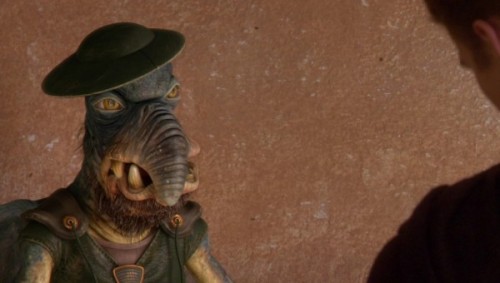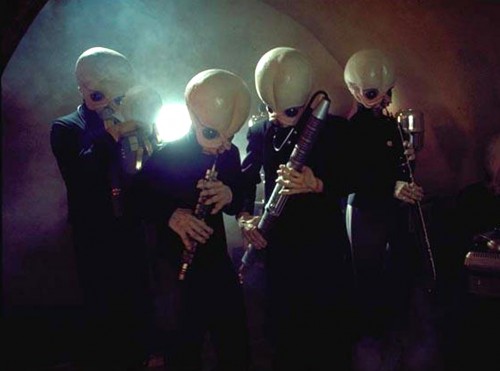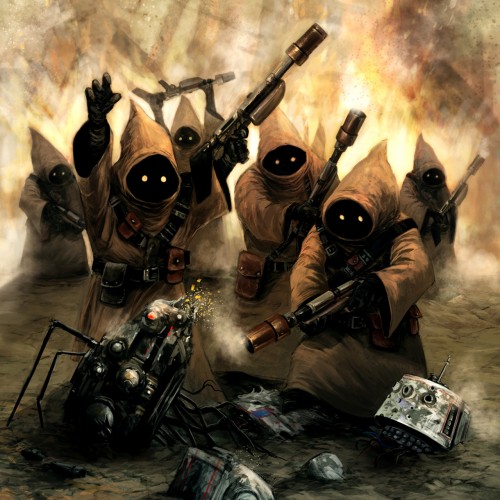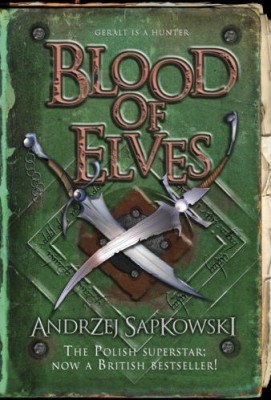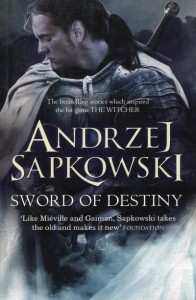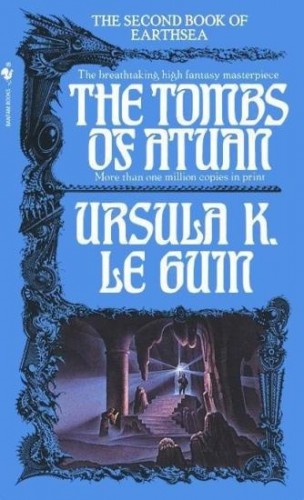I wrote about the problems of the names used for various types of fantasy fiction at some point last year. But a recent discussion at Fantasy Faction did get me to think some more about it. People categorize most fantasy stories by different genres, which generally is a reasonable thing to do. But in practice many of these genres are not only not defined in even a loose sense, they are also often used completely contradictory. Some of them do have some real merit and are useful in helping people to get a general idea of the style of a work and to find other works of a style that they like. But others are really useless at best or needlessly confusing at worst, and in my opinion should no longer be used by people.
The Good
- Epic Fantasy: While there is a lot of disagreement what exactly defines a work as Epic Fantasy, there seems to be very little contention about which works are included in this genre. Most importantly is obviously The Lord of the Rings, which really is the gold standard. Epic Fantasies are stories that are about a transformation of the world or a all the lands inhabited by a culture. Ofte it is the reinstating of an old order that has been lost, but in any case it leads to the creation of a better future for everyone. (Which may or may not include the villains.)
- Urban Fantasy: I’ve also never seen any real confusion here. It’s any work set in the contemporary world, or a fictional world closely modeled after it, with the addition of magic and magic creatures.
- Sword & Sorcery: Sometimes misused, but it is known exactly who created the term and what he was intending by doing so. Michael Moorcock wrote in a magazine that someone should create a term for the kind of fantasy that he and others were writing to distinguish it from the type of The Lord of the Rings. Fritz Leiber thought that they should call it Sword & Sorcery. So the actual definition of the genre is “the writings of Moorcock and Leiber”, and he also elaborated that he considered Robert Howard to be the best writer of this genre there ever was. What the stories of these three authors have in common is that they deal with protagonists who stand outside of regular society and its rules and commitments and fight for personal goals and by their own moral rules by facing enemies and obstacles head on, generally having to deal with supernatural threats like sorcerers or demons.
The Bad
- High Fantasy: This term is hugely popular and used all the time. Probably because it can be applied to pretty much everything and has no actual meaning at all. What does High mean? Much? Good? Much Fantasy and Good Fantasy are not genres. The only consent there seems to be about High Fantasy is that Urban Fantasy is not included in it. That’s really not enough to go by for a genre.
- Heroic Fantasy: This really just occured to me today, but I think it’s actually just as bad as High Fantasy. What does the term tell us? That the protagonist is heroic and does heroic things. With the implication that there will be action. Well, which fantasy story doesn’t? If you count them as fantasy, Alice in Wonderland and The Wizard of Oz are probably not Heroic Fantasy. But that’s also really not enough to make it a genre. Both The Lord of thr Rings and Conan are often called Heroic Fantasy and they are clearly completely different beast caterint to entirely different tastes.
- Dark Fantasy: Really the same problem here. It doesnt really tell us anything about what kind of story we can expect other than it won’t be flowers and rainbows. And again, which fantasy story isn’t. Thankfully this never really caught on and we should just forget about it.
The Ugly
- Low Fantasy: High Fantasy is already bad. But this is much worse. It only tells us that it’s not High Fantasy, and with that one not actually defined it has no meaning at all. Some people use the term, but there is absolutely no agreement about what it’s supposedly describing. Sometimes Conan is Low Fantasy, sometimes Narnia is. It’s completely unusable.
- Grimdark: Grimdark is a joke that got lots of people laughing for the wrong reason. The term comes from the tagline of the wargame Warhammer 40,000, “In the grim darkness of the far future, there is only war.”. The earliest versions of the game were an obvious satire of hypermasculine and hyperviolent fantasy and sci-fi and mocking the 14-year-old boys who loved and often came up with all that nonsense. Obvious to anyone but those 14-year-old boys. They didn’t get that they were made fun of and that other people enjoyed it for being stupid and ludicrous, like deliberately watching terrible movies or reading The Eye of Argon. I remember not too long ago when “grimdark” was used as a derogatory word to mock terrible gritty and violent fiction similar to that parodied by Warhammer 40k. But apparently some of the creators and fans did not realize that they were mocked and in recent years started using the term themselves. The term Grimdark now refers to both the parody of a genre as well as to the genre itself. How weird.

